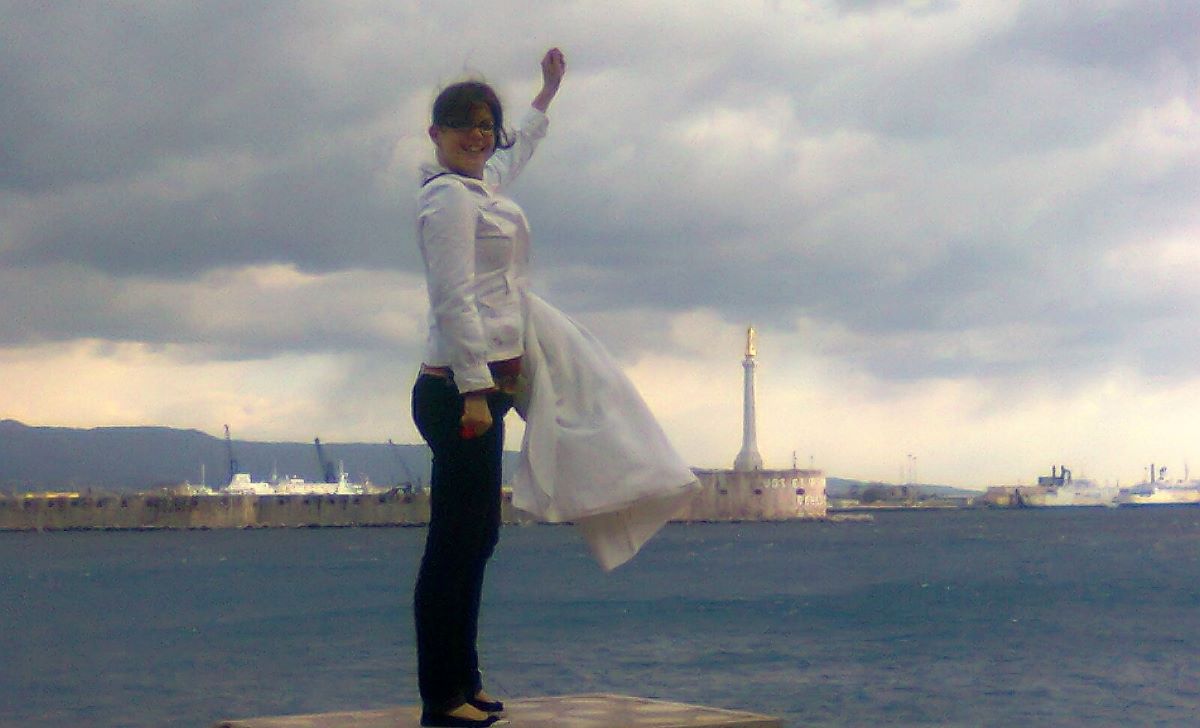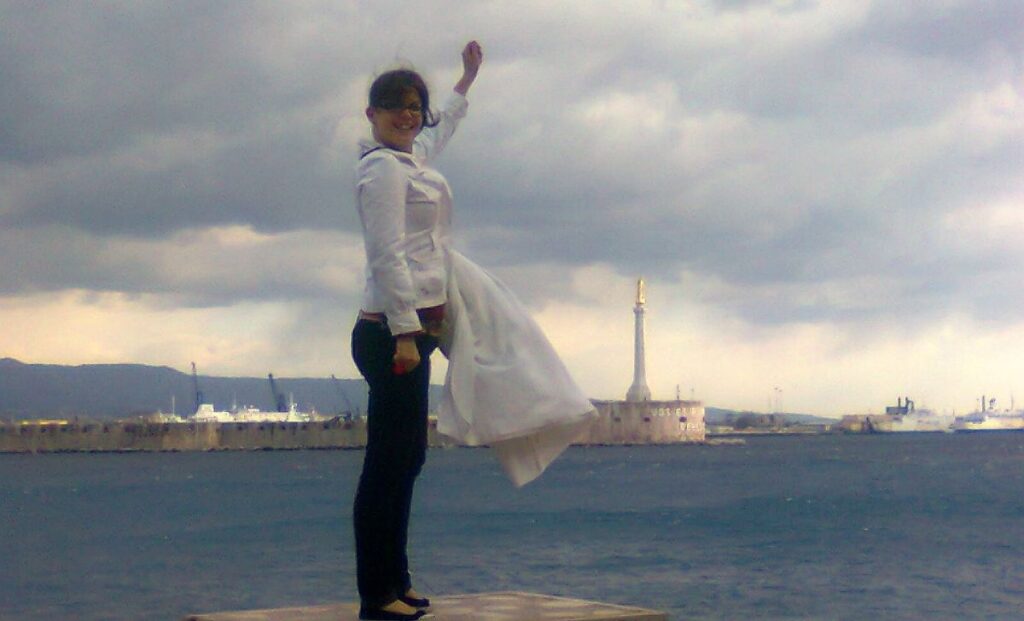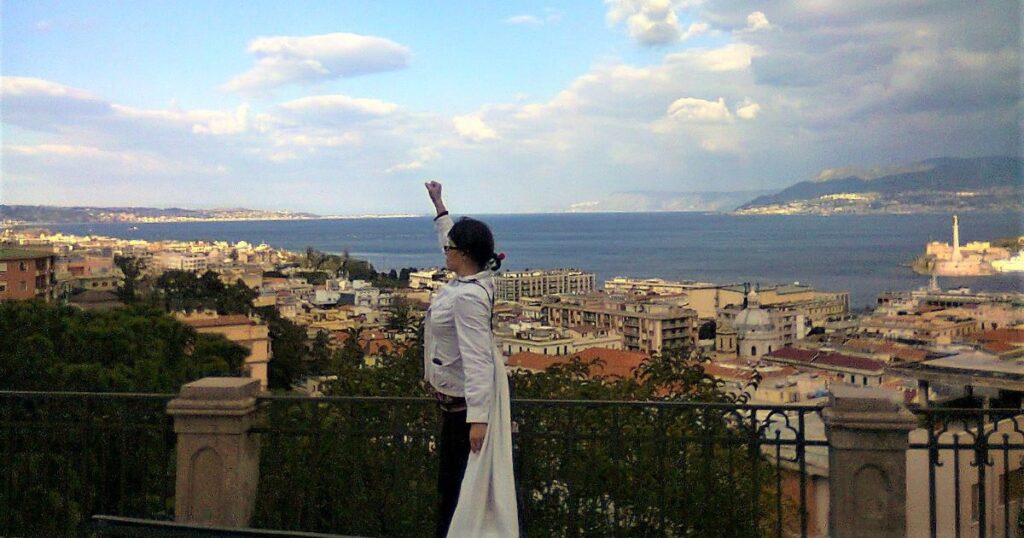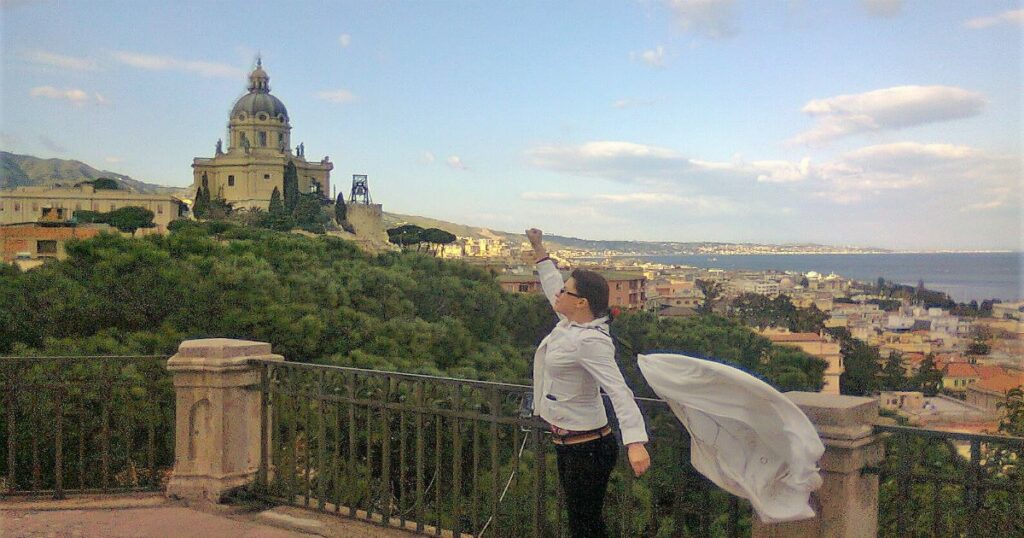Besides the Black Death, what is Messina, Italy famous for?

The city of Messina had a key impact on the history of Europe. Messina has a natural harbor, a scythe-shaped peninsula. This is where the Black Death arrived to Italy.
The plague arrived in Europe in October 1347, when ships from the Black Sea docked at the port of Messina. People on the docks were shocked to see that most sailors aboard the ships were dead, and those still alive were gravely ill. Sicilian authorities hastily ordered the fleet of “death ships” out of the harbor. It was too late: over the next five years, the Black Death would kill more than 20 million people in Europe—almost one-third of the population.
The Black Death was a devastating global epidemic of bubonic plague that struck Europe and Asia in the mid-1300s.
We have been hearing a lot about pandemics lately. Messina gained a bad reputation for being the starting point of the biggest pandemic in human history.
But is this city of Southern Italy really nothing else but an infamous entry point of Black Death?
First impressions of Messina
It is the port city where travelers arrive when they approach Sicily with ferry from mainland Italy. In fact, it is so close to Reggio Calabria that you can see cars in clear weather. Rumour has it that you can even peek through windows with binoculars.
Messina was love at first sight for me. A characteristic city of the deep south of Italy where palm trees line the tram rails. This is strange not because of the palm trees, but because it is a city in southern Italy where public transport exists. It is a major port and university town, but it still has that really Italian character. The atmosphere is as if someone who has never been to Italy imagines what it is like to be in Italy.
People stop in the square to gossip with acquaintances, and their numerous children run around and play noisily.
For the one-time tourist, Messina is delightful with its Moorish-style houses and its vibrant social life.
Sightseeing in Messina
In the following photo, I am standing a the “Porto di Messina”. The port has a natural scythe shape, which made it possible to create a significant port here. It also gave the old name of the city: Zanklé (Greek ‘scythe’).

Photo 2 shows the city and the harbor, and Calabria in the background.

In photo 3, I am standing at the same place as in nr. 2, but it is from a different angle, with Tempio Votivo di Cristo Re in the background. The baroque building was built in the early 1900s. Old and original buildings are rare in Messina because in 1783 and in 1908, powerful earthquakes shook the area, destroying the city and the surrounding towns.

The best-known landmark of Messina, the Cathedral, was also destroyed and rebuilt several times. The clock on its bell tower is a perpetual calendar, as it shows which zodiac sign each planet is currently in.





Take a picture of the retard genome of the sex will…